ChatGPT in 2025: GPT-5 Upgrades, Apps SDK, In-Chat Commerce & Business Insights

By Darshak Doshi
October 9, 2025
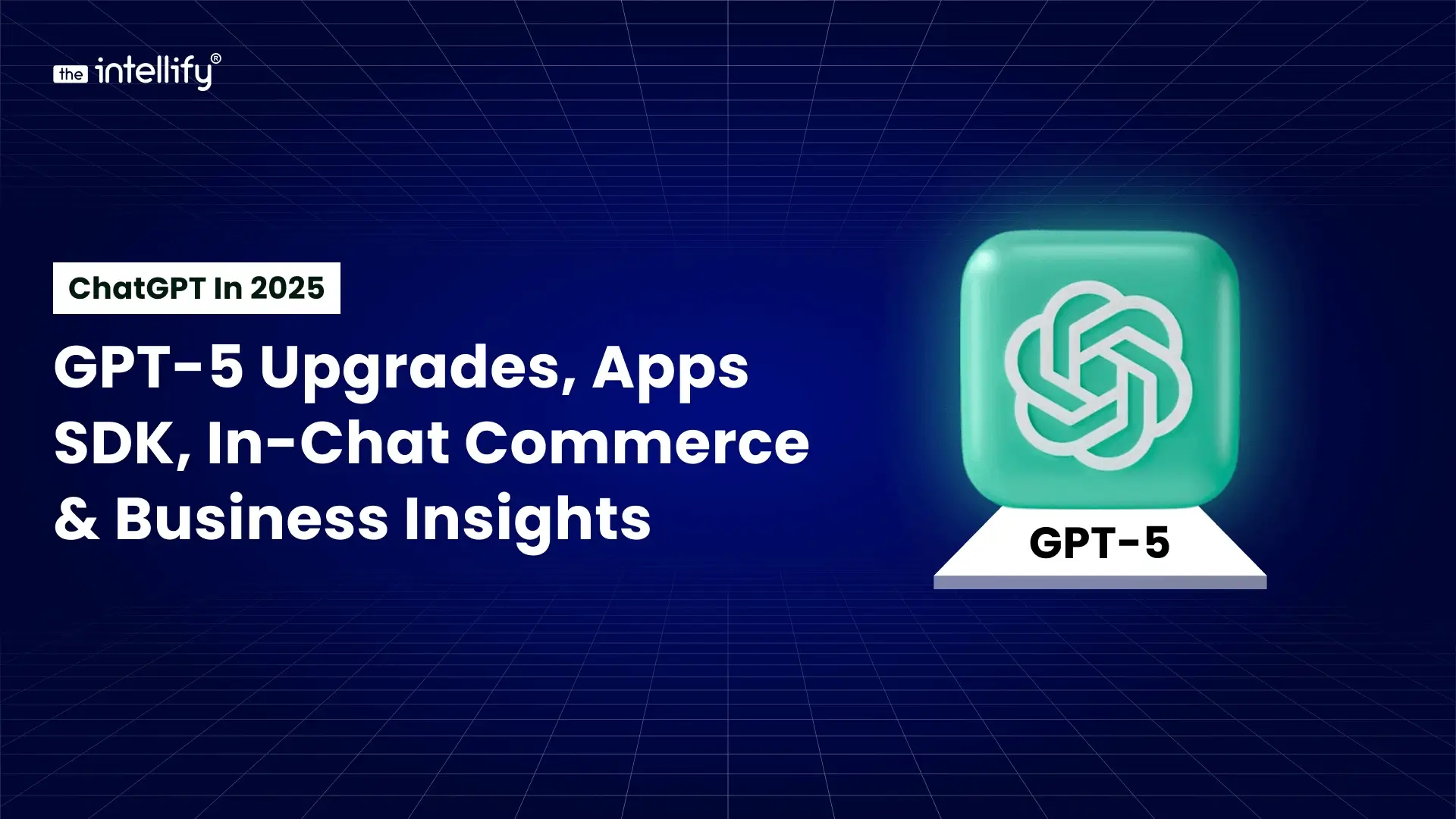
Summary
ChatGPT 2025 has grown into more than just a chatbot. With GPT-5 upgrades, in-chat apps, Instant Checkout for shopping, and smart AI agents, it’s now a platform that helps businesses and users get things done faster. This blog explains the latest features, how they work, and what they mean for businesses looking to use AI effectively.
The evolution of ChatGPT in 2025 marks an advanced shift in how AI interacts with businesses and consumers. Once a conversational AI tool limited to text-based assistance, ChatGPT has now transformed into a full-fledged AI platform, offering apps, commerce integrations, and enterprise-grade reasoning capabilities.
OpenAI’s DevDay 2025 unveiled several major developments: the release of GPT-5, in-chat apps and an Apps SDK, Instant Checkout for commerce, and expanded developer tools that enable businesses to build interactive AI experiences. These updates are redefining workflows, revenue generation, and user engagement in ways previously unimaginable.
In this blog, we analyze these updates, their implications for businesses, developers, and marketers, and provide a strategic playbook to leverage ChatGPT as a transformative business platform.
OpenAI ChatGPT Latest Updates & Feature Releases
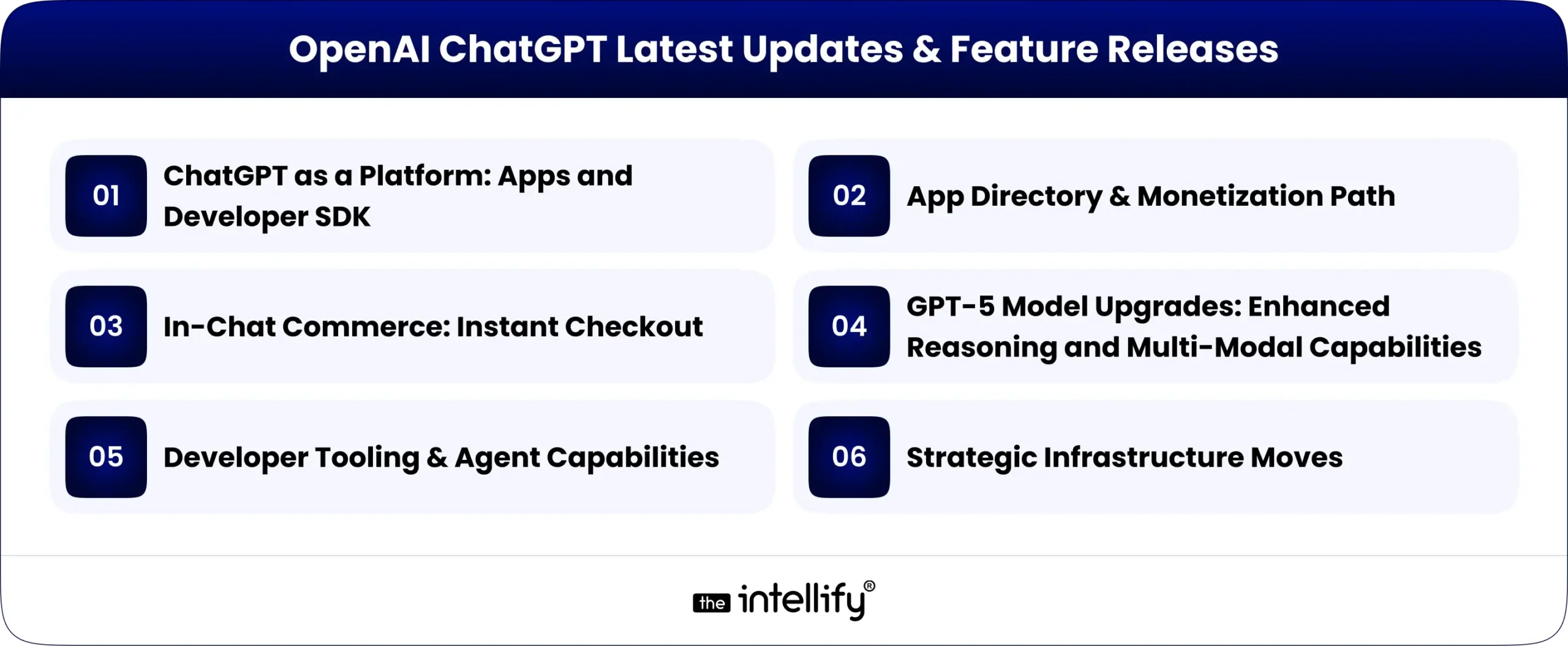
1. ChatGPT as a Platform: Apps and Developer SDK
Apps inside ChatGPT: Embedding Third-Party Apps
The Apps framework allows third-party services to run natively inside ChatGPT. Early pilot apps include Canva, Spotify, Zillow, Booking.com, and other productivity and commerce tools. Users can invoke these apps directly in conversation, e.g., “Create a slide deck in Canva based on this outline” or “Show me rental listings matching my criteria in Zillow.”
This integration moves ChatGPT from being a single-use assistant to a platform for multi-functional applications, enabling developers to build services that can operate inside a conversational interface.
Apps SDK and Developer Opportunities
OpenAI also released a preview Apps SDK. Developers can now:
- Build interactive experiences that operate seamlessly in conversation.
- Handle user authentication, data exchange, and permissions within the ChatGPT environment.
- Integrate micro-apps that can guide users through tasks, from booking trips to generating content.
For businesses, this means your services can be embedded directly into the AI experience, reducing friction and creating a richer user journey.
AgentKit: Building Autonomous AI Agents
OpenAI also unveiled AgentKit, a drag-and-drop interface for building advanced AI tools. This toolkit allows developers to create autonomous agents capable of completing tasks on behalf of users, further enhancing ChatGPT’s utility as a platform for productivity and automation.
Video Posted by ChatGPT
2. App Directory & Monetization Path
OpenAI is launching an app directory, allowing developers to showcase their apps and monetize through subscriptions or one-time purchases. This effectively creates an “App Store inside ChatGPT”, providing new distribution channels and revenue opportunities, independent of traditional mobile app stores like Apple or Google.
3. In-Chat Commerce: Instant Checkout
OpenAI is piloting Instant Checkout, enabling users to purchase products directly within ChatGPT. Partners include Etsy and Shopify merchants. This integration bridges discovery and conversion by allowing users to:
- Find products in conversation.
- Instantly complete transactions without leaving the chat environment.
- Receive recommendations tailored by GPT-5’s reasoning capabilities.
Implications for businesses:
- Higher conversion rates due to reduced friction.
- New revenue opportunities for small and medium businesses by reaching customers directly in the chat interface.
- Data-driven insights into customer behavior in conversational contexts.
4. GPT-5 Model Upgrades: Enhanced Reasoning and Multi-Modal Capabilities
GPT-5 represents OpenAI’s most advanced model to date, offering:
Video Posted by ChatGPT
Extended reasoning:
- Capable of handling complex multi-step tasks.
- Performing logical reasoning and analysis for business decisions.
- Supporting advanced financial, operational, and healthcare workflows.
Multi-modal understanding
- Interprets text, images, and potentially other media types.
- Generating rich outputs combining text and visuals.
- Enabling applications like interactive presentations, virtual design, and visual data insights.
Extended Context & Thinking Modes
- Longer context windows: Can manage extended conversations and workflows.
- Tiered thinking modes: Users can choose from light, standard, extended, and heavy modes to balance speed with depth.
For businesses, GPT-5 can:
- Act as a research assistant, summarizing long documents or reports.
- Support complex decision-making in finance, healthcare, and operations.
- Generate high-quality content with improved context retention and coherence.
5. Developer Tooling & Agent Capabilities
OpenAI’s updates include:
- Agent toolkits: Build autonomous, task-oriented bots that can perform multi-step workflows with minimal human oversight.
- Enhanced Codex integration: Accelerates coding, debugging, and automation tasks.
- Robust APIs: Enable deep integration with enterprise systems, CRM platforms, and productivity tools.
This means businesses can now design AI agents that actively manage workflows, from scheduling meetings to completing transactions or monitoring analytics.
6. Strategic Infrastructure Moves
Scaling a platform like ChatGPT requires massive compute resources. OpenAI has secured:
- Long-term partnerships with AMD for chip supply.
- Plans for multi-gigawatt-scale compute deployment in 2026.
- Investment in infrastructure redundancy and efficiency to support enterprise workloads.
These moves ensure reliable performance, low latency, and cost predictability for businesses adopting ChatGPT at scale.
Why This is a Game-Changer
Three reasons make this more consequential than previous feature drops:
1. Platformization over feature updates: ChatGPT is moving from being a product you visit to being a platform where other products live. It’s an ecosystem for apps, commerce, and automation, offering companies a new distribution channel and runtime environment.
2. Seamless commerce integration: Adding direct payment flows (Instant Checkout) collapses the path from discovery to transaction, creating higher conversion opportunities for businesses.
3. Enterprise-ready scale: GPT-5 capabilities, agent tools, and strategic compute partnerships equip ChatGPT to handle complex workflows and large-scale deployments. That’s an enterprise-grade move.
Implications on Businesses and Product Teams
For Product managers & Marketers
- Reimagine funnels as conversational experiences.
- Design micro-interactions that users can complete in a single session.
- Leverage personalized recommendations generated by GPT-5.
For Engineering & Platform Teams
- Implement robust APIs, authentication, and consent flows.
- Manage long-context interactions and multi-step workflows.
- Optimize for token budgets and session performance.
For Legal & Compliance Teams
- Ensure data privacy, GDPR, CCPA, and PCI compliance.
- Implement secure transactional flows for in-chat purchases.
- Audit third-party apps to mitigate risks.
How the platform competition changes (Apple, Google, marketplaces)
- New competition with app stores: ChatGPT’s app ecosystem offers a direct channel for discovery and monetization.
- Regulatory scrutiny: Platform gatekeeping, data usage, and commerce practices may attract attention.
- Opportunity for smaller players: ChatGPT’s conversational interface provides a level playing field for apps that excel in user experience, not just brand recognition.
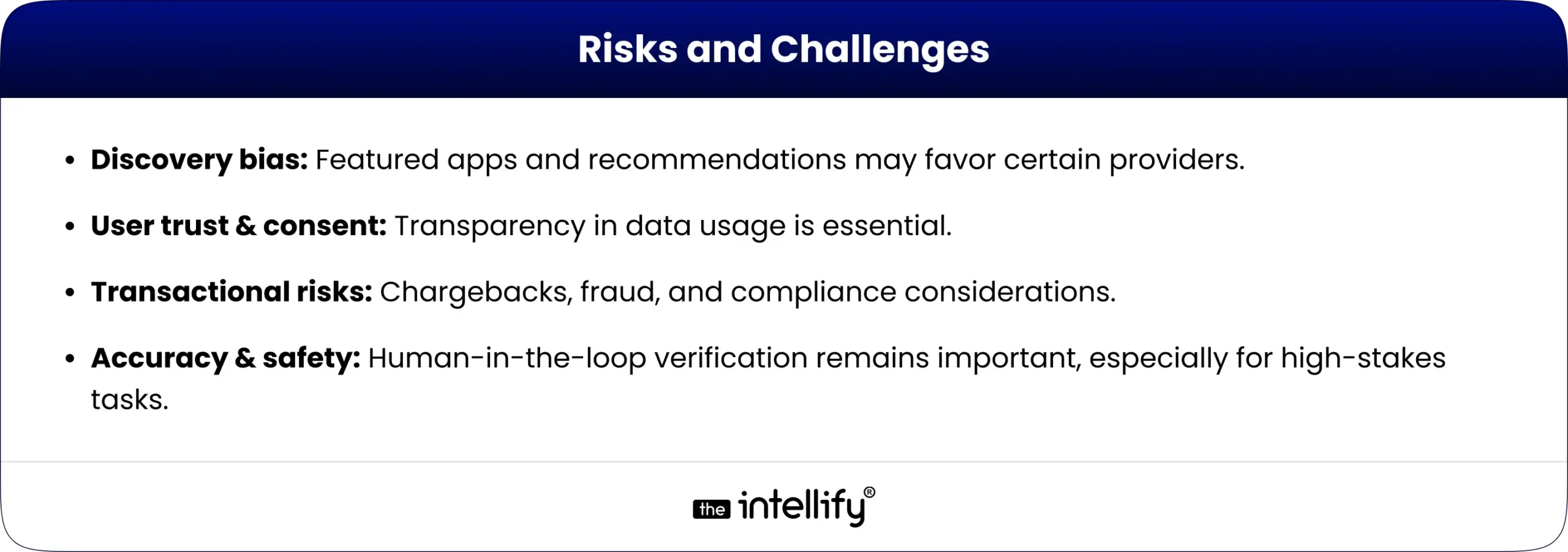
Tactical Playbook for Businesses
- Audit product fit for conversation: Identify high-value micro-tasks. Which features can be converted into 60-90 second micro-flows? Start with a single, high-value use case (e.g., “create a tailored product bundle”).
- Prototype an app for ChatGPT: Use the Apps SDK preview, test discovery and consent flows, and user interaction.
- Map data & compliance requirements: Create a data flow diagram for customer data touching ChatGPT and list required contractual controls and privacy regulations.
- Integrate secure payments: If you accept payments, work with payments/legal to support Instant Checkout flows.
- Implement verification layers: Add verification layers where LLMs produce product recommendations, pricing, or legal/medical claims.
- Plan for platform governance: Stay updated on app directory rules and monetization policies.
Future Outlook (The Big Picture)
- Composable UX: Conversational primitives + micro-apps change the unit of product thinking from “page” or “screen” to “micro-interaction.
- Platform control over intent: Whoever captures user intent at the time of decision (discovery + action) will dominate revenue. That’s why commerce inside ChatGPT is so strategically valuable.
- Infrastructure as a competitive edge: Models like GPT-5 and supply deals (e.g., chips) will determine who can afford to scale reliably. Access to powerful models and reliable compute is critical for large-scale AI adoption.
How The Intellify Can Help
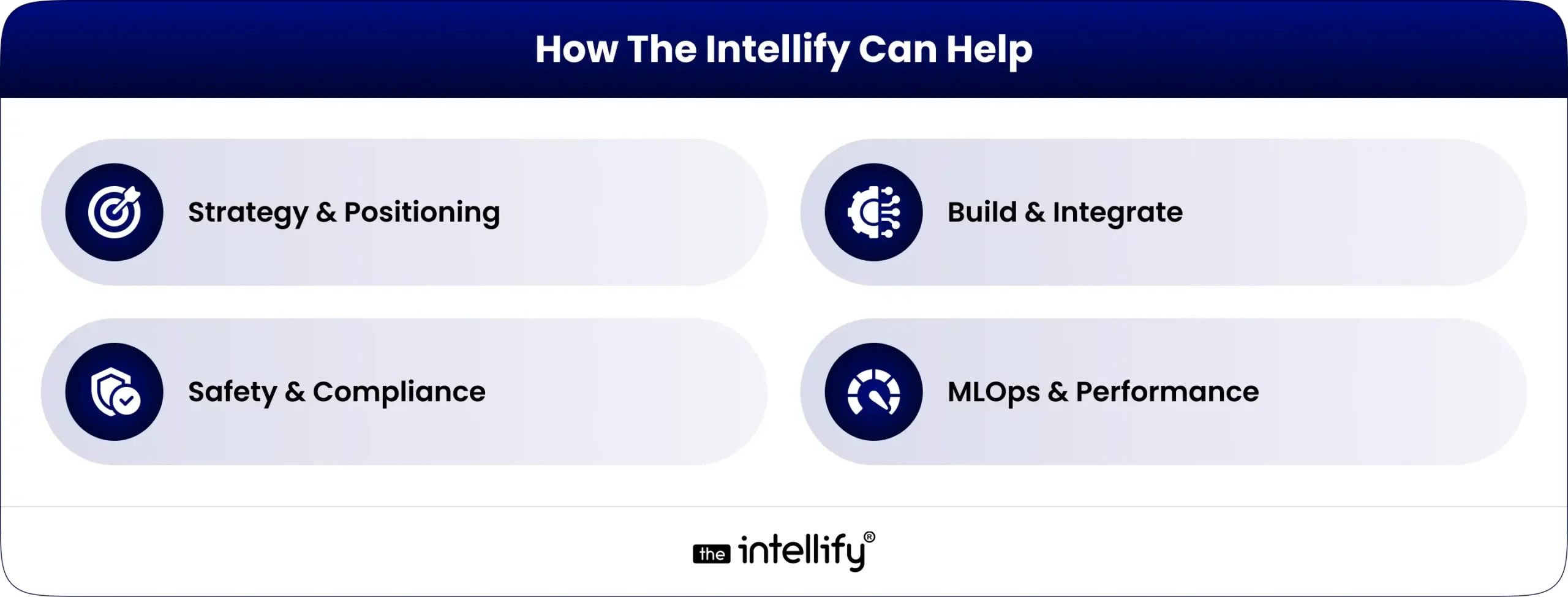
- Strategy & Positioning: Identify which products or services should be conversational-first and design micro-experiences optimized for ChatGPT.
- Build & Integrate: Implement Apps SDK, authentication, and payment flows, and connect back-end systems for seamless workflow automation.
- Safety & Compliance: Ensure privacy, data governance, and enterprise security while building AI-powered solutions.
- MLOps & Performance: Optimize token budgets, caching, and hybrid compute strategies for long-context sessions and scale.
Final Thoughts
ChatGPT in 2025 is more than a chatbot; it’s a platform for innovation. Businesses that adapt to conversational micro-apps, integrate commerce, and leverage GPT-5 capabilities can gain a competitive advantage in digital engagement and revenue. The Intellify can help you prototype, deploy, and scale ChatGPT-based solutions, turning AI innovation into measurable business outcomes.

Written By, Darshak Doshi
With over a decade of experience, Darshak is a technopreneur specializing in cloud-based applications and product development in healthcare, insurance, and manufacturing. He excels in AWS Cloud, backend development, and immersive technologies like AR/VR to drive innovation and efficiency. Darshak has also explored AI/ML in insurance and healthcare, pushing the boundaries of technology to solve complex problems. His user-focused, results-driven approach ensures he builds scalable cloud solutions, cutting-edge AR/VR experiences, and AI-driven insights that meet today’s demands while anticipating future needs.
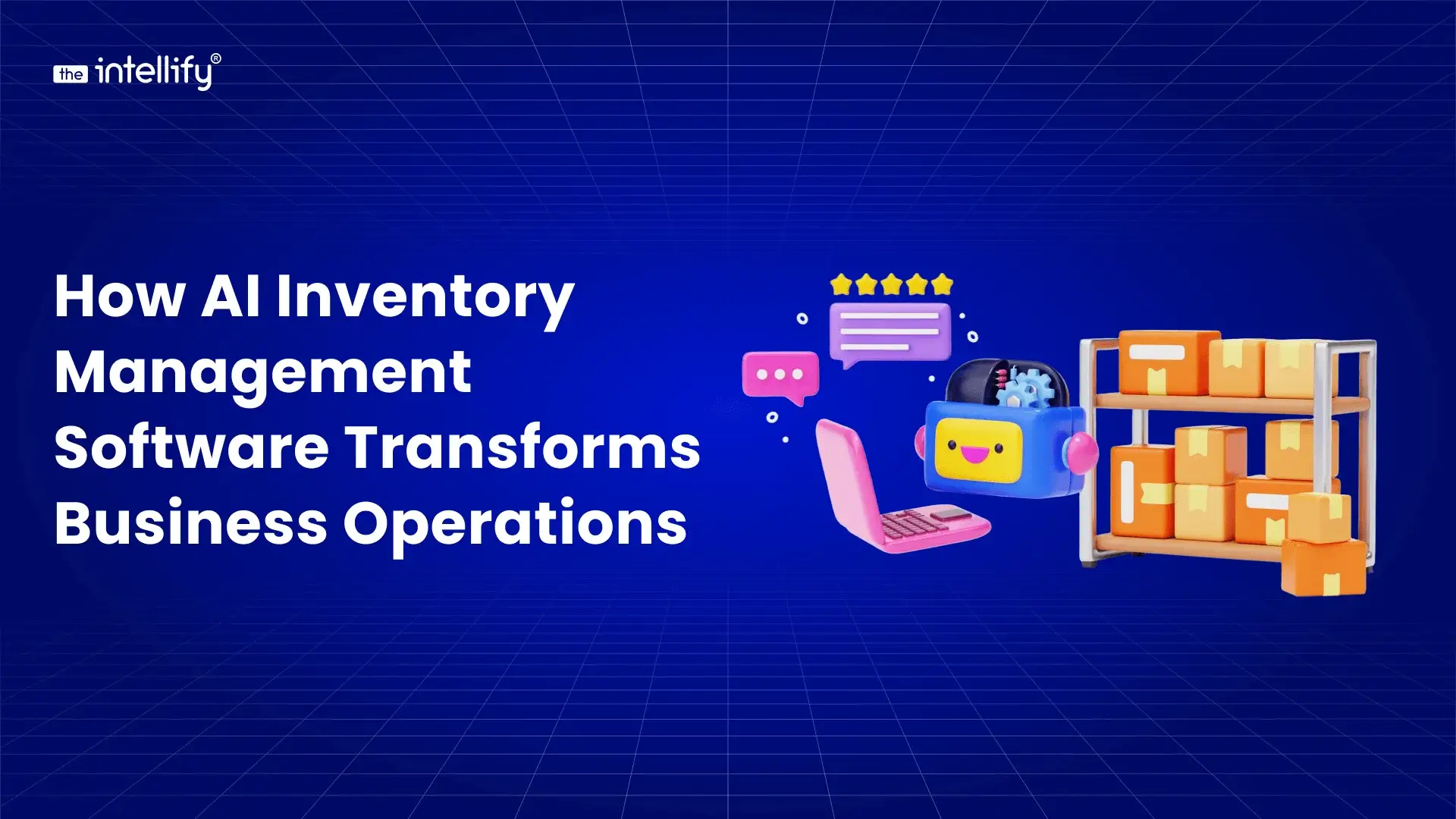

How AI Inventory Management Software Transforms Business Operations
Summary: AI inventory management software is reshaping how businesses handle stock, forecasting, and daily operations. Instead of relying on guesswork or outdated spreadsheets, AI helps companies track inventory in real time, spot trends early, and prevent stockouts or excess stock. This blog explains how AI improves accuracy, lowers costs, and boosts overall efficiency across retail, […]
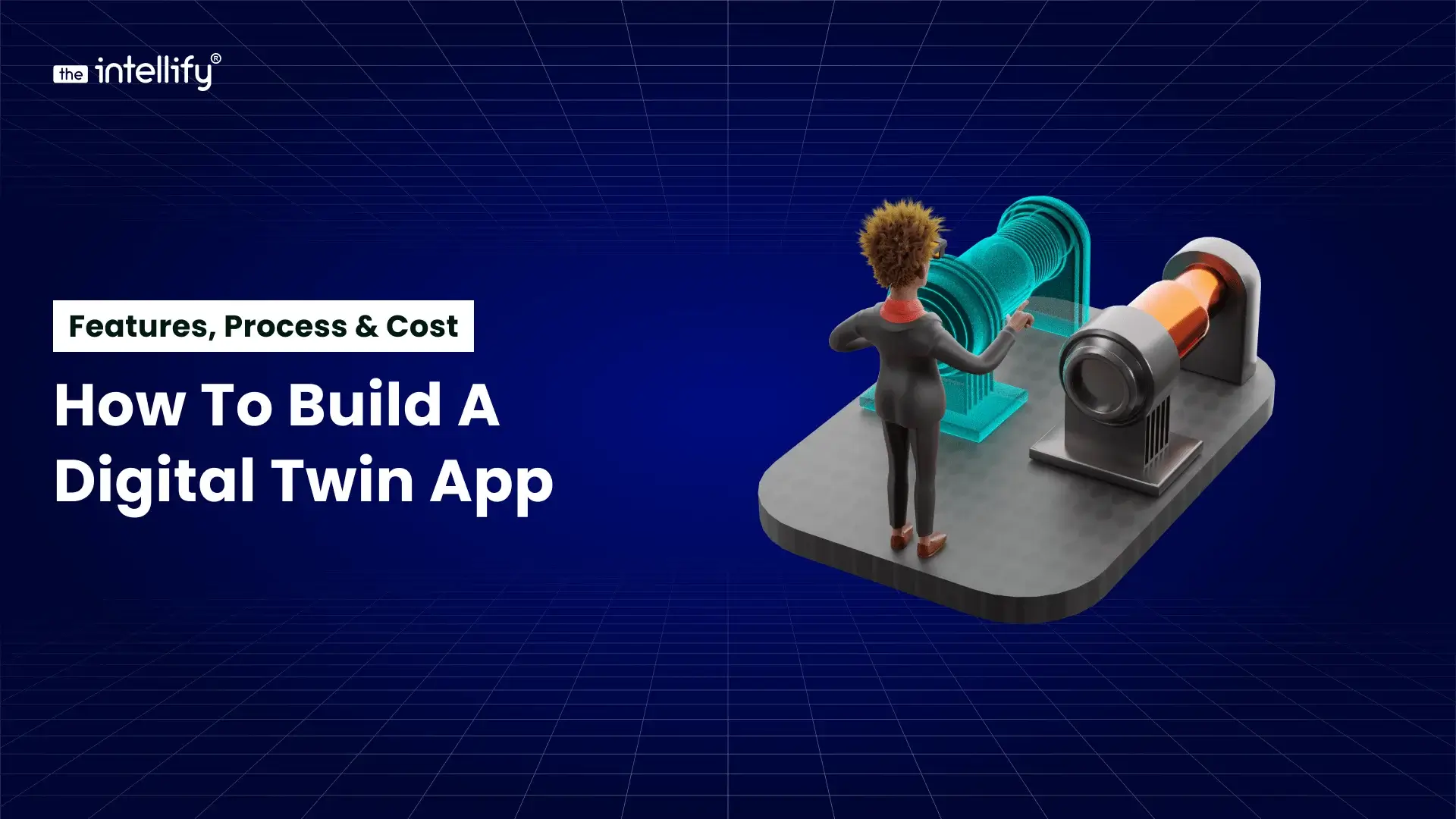

How to Build a Digital Twin App: Features, Process & Cost
Summary: A digital twin app creates a real-time virtual model of a physical asset, which helps businesses monitor performance, predict failures, and make smarter decisions. This blog explains what digital twin apps are, how they work, their key features, and the step-by-step development process. It also covers cost, timelines, challenges, and real industry use cases. […]
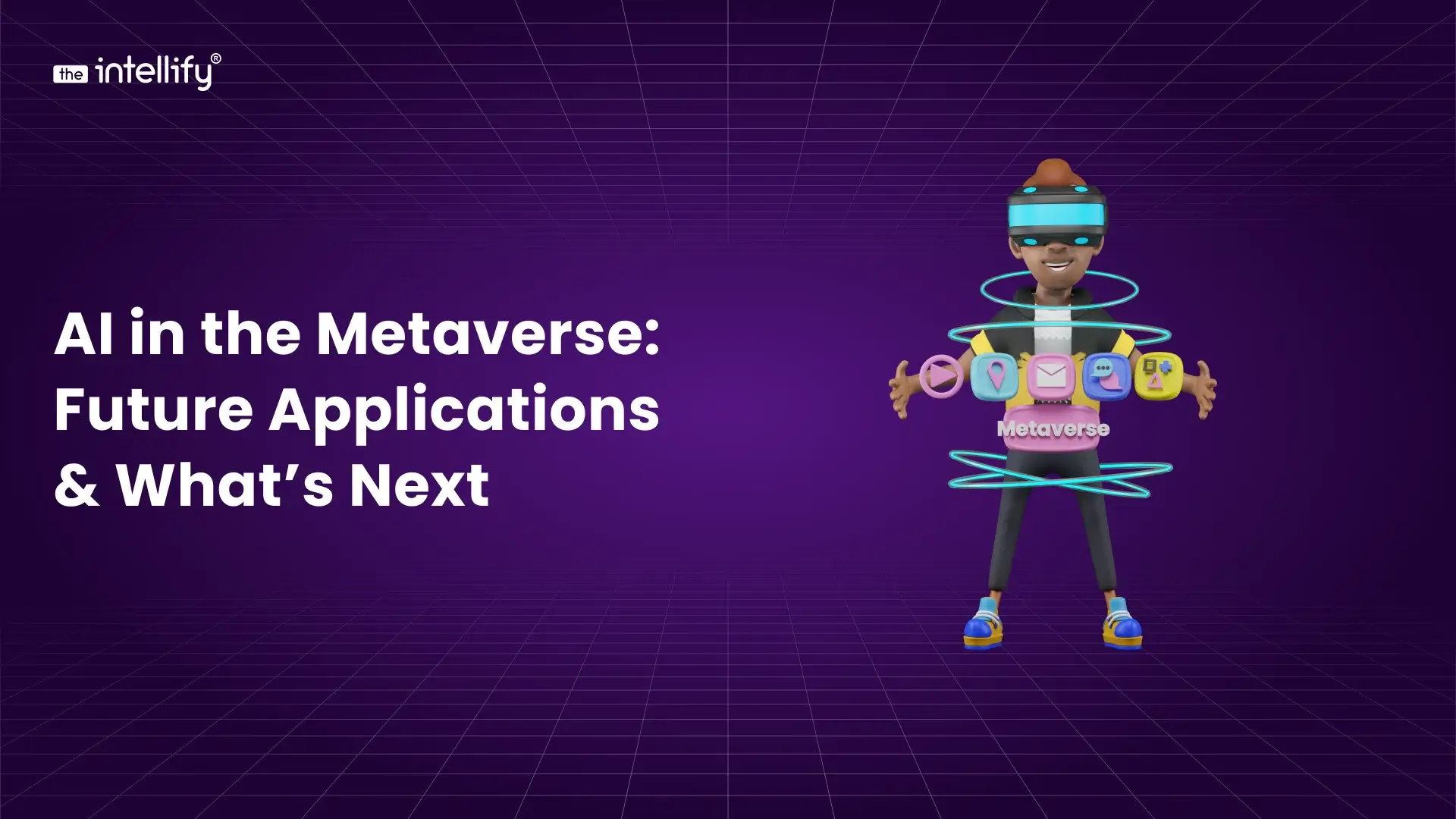

AI in the Metaverse: Future Applications & What’s Next
Summary: This blog explores how AI in the metaverse is slowly reshaping the way we interact with digital spaces. It breaks down how AI personalizes virtual worlds, improves navigation, and makes avatars, environments, and conversations feel more lifelike. You’ll also find practical tips on getting started, plus a look at what the future may hold […]


How AI Inventory Management Software Transforms Business Operations
Summary: AI inventory management software is reshaping how businesses handle stock, forecasting, and daily operations. Instead of relying on guesswork or outdated spreadsheets, AI helps companies track inventory in real time, spot trends early, and prevent stockouts or excess stock. This blog explains how AI improves accuracy, lowers costs, and boosts overall efficiency across retail, […]
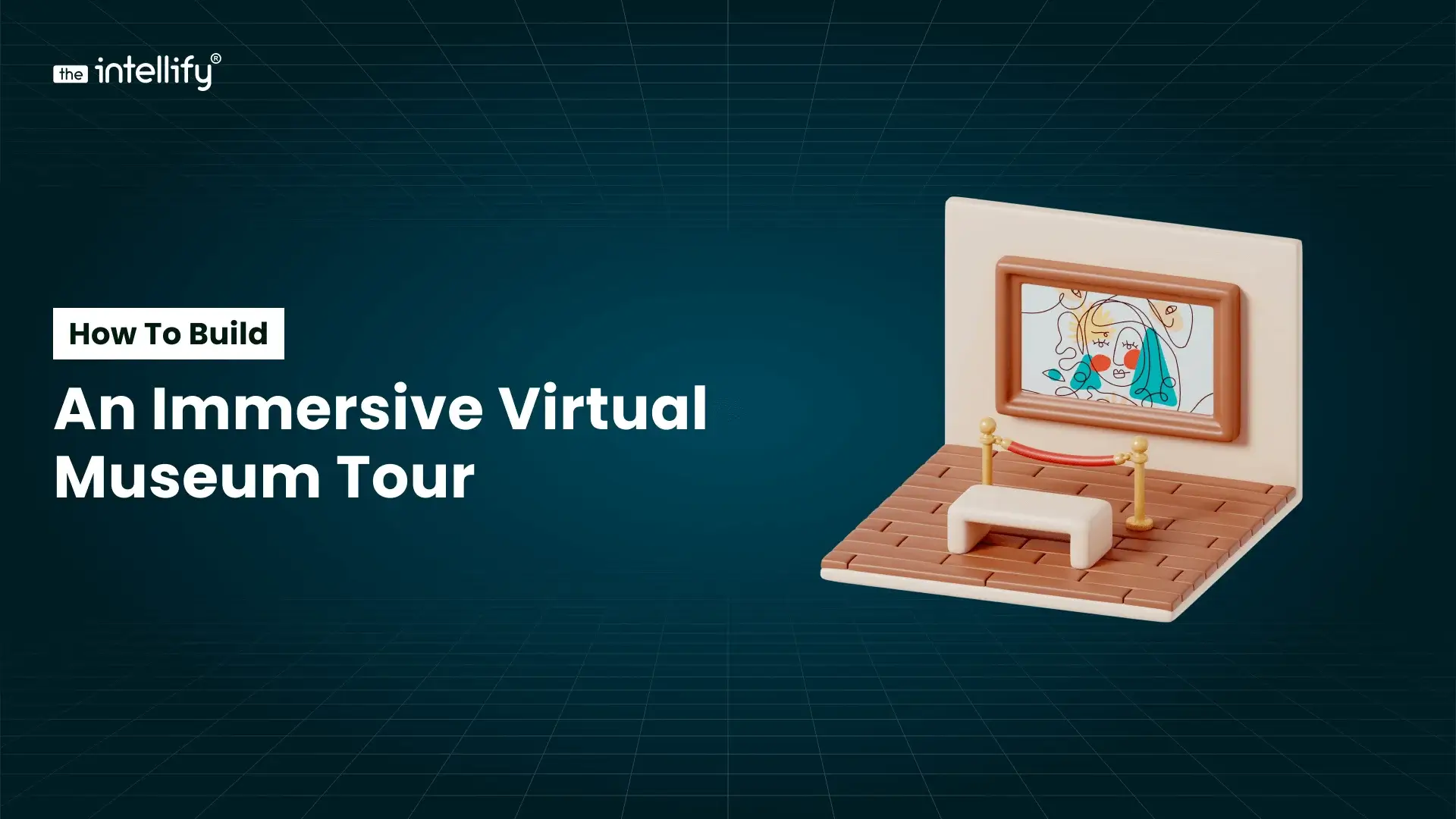

How to Build an Immersive Virtual Museum Tour in 2026
Summary: This blog explains how to create a virtual museum tour in 2026, covering everything from choosing the right tour format to planning layouts, capturing 360° or 3D visuals, adding interactive elements, and integrating AR/VR. It also highlights the key features that make a virtual museum experience successful, the technology stack you’ll need, estimated development […]
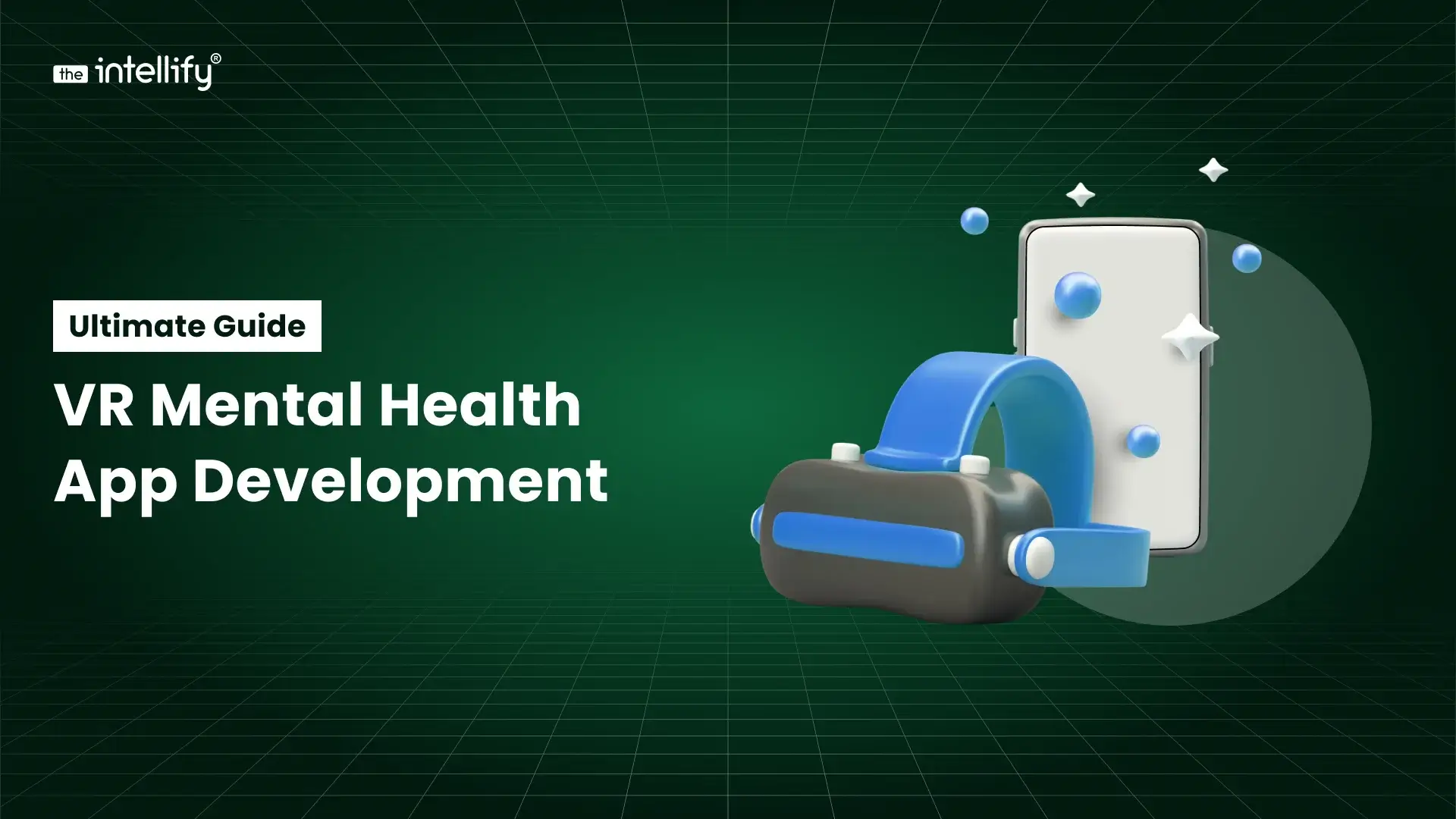

VR Mental Health App Development: Ultimate Guide 2026
Summary: This guide breaks down the essentials of VR mental health app development in a simple, human way. It explains how VR creates safe, immersive spaces for people dealing with anxiety, stress, depression, ADHD, and more. You’ll learn about real use cases, key features, the tech stack, development steps, costs, and what the future of […]
0
+0
+0
+0
+Committed Delivery Leads To Client Satisfaction
Client Testimonials that keep our expert's spirits highly motivated to deliver extraordinary solutions.


















